I hope you are enjoying the summer months and pleasures of this season – looser schedules, fun outings, summer treats, warm weather, a change of pace, and so much more …
For many people, summer is a time to breathe into a different schedule – a long exhale after the tighter, shallower breathing of the school year as we balance school and work schedules, activities and gatherings. Sometimes we feel an adrenaline rush from juggling and racing around, but it’s often tiring. So it’s wise to look for opportunities to recharge, whether it’s summer or any season of the year.
As the poet David Whyte says, velocity is not the best way of dealing with complexity. “Velocity,” or “speed,” can make us feel efficient and productive when we have a lot going on. However, speed often leads to mistakes, reactivity, and missing important information. We breathe more rapidly, our heart rate goes up, and we often don’t feel as present.
“The tragedy with velocity as the answer to complexity is that, after awhile, you cannot see or comprehend anything that is not traveling at the same speed you are. And you actually start to feel disturbed by people who have a sense of restfulness to their existence.” David Whyte
Breathe into presence
When we slow down, pay attention, and act with intention, we create connection with both ourselves and others. As long as we are alive, we can simply take a deep breath to initiate this process of becoming more present with whatever is going on in our lives.
Ideally, we build daily and weekly ways of recharging into our whole year, so that we slow our velocity and stay in tune with others. This could be sitting in the car for a few minutes to breathe before going inside, savoring a delicious cup of tea or coffee, or carving out personal time to do whatever you love to do. Parenting children and teens can absorb our attention, leading us to neglect the essential acts of self-care that actually help us be our best selves as parents. Start taking care of yourself by focusing on your breath – something you can do any time and any place.
The benefits of breathing through your nose…
I just started reading a fascinating book called Breath: The New Science of a Lost Art by James Nestor, recommended to me by my friend Janhavi, who teaches meditation and breathing classes. It’s inspiring me to focus on breathing through my nose instead of just unconsciously breathing. This practice evidently has innumerable health benefits – mental, emotional and physical, so I thought I’d try it out.
Recently when swimming with a friend, I focused on keeping my mouth closed and breathing through my nose whenever my friend was talking and I was listening. I noticed that I felt more present and relaxed, and my breathing actually slowed and deepened, just as Nestor had described. I was able to focus more on what my friend was saying (instead of whether I could make it across the lake) as I felt more peaceful.
That night at dinner, I told my kids about this experience and my oldest daughter started trying nose breathing right there at the table, though she had balked at the idea minutes before. She told us she felt the effects right away, too. Try it out yourself and see how you feel!
Breathe to invoke your body’s relaxation response
I’ve also been learning how breathing into your lower diaphragm can help lower anxiety and invoke a relaxation response in your nervous system. You can deepen the effects of nose breathing by focusing on bringing your breath into your lower body and releasing it from your belly. I recommend practicing while sitting, standing or lying down. Whenever you feel anxious, take two minutes to consciously breathe through your nose into your abdomen, and exhale deeply, and you will feel better.
Many of my clients and their children deal with anxiety. Breathing often helps as a first step to calm oneself. Focusing on breathing deeply into your diaphragm through your nose is one of the best ways to help oneself slow down, pause, and feel more relaxed.
How this works in my own life
When one of my own children is worked up about something or in a mood that I am finding unpleasant, I often take a moment to consciously breathe before responding. This gives me the necessary space to mentally step back and look at the big picture – what might be underneath their outward emotions, how I am feeling, and what is most important at that moment. When I react without breathing first, I am far more likely to make things worse. When I breathe and reflect first, I can respond more effectively – by listening, offering a hug, or asking a generative question that helps my child move in a positive direction.
Whether you are dealing with a toddler who is angry that you gave them the blue cup instead of the green cup, or a teenager who is in a bad mood from exhaustion, taking a conscious breath before responding will help you be present and stay patient. That breath gives you the space to let go of your irritation and remember what is most important in that moment.
Maybe it’s most important to keep the peace so that your child can take a nap, so giving them what they want instead of teaching a lesson in that moment is best. Or maybe it’s best to remain quiet and focus on cooking dinner instead of asking your teenager questions or reminding them why they are tired. The discussion can wait until they have eaten and you both are more relaxed. Taking a deep breath buys you a minute to step back and look at the big picture. You can respond instead of react.
Even if you slip into unhelpful behavior – which we all do as human beings – as soon as you realize what’s happening, you can simply close your mouth and breathe deeply through your nose. Things are likely to stop devolving and will stabilize or improve instead. Taking a moment to breathe first is a practice worth cultivating.
How to Practice: Listen to your body
When you feel your heart pumping and teeth clenching, that’s your signal to breathe in. Close your eyes and take a deep breath through your nostrils, feeling the air enter your lungs and your diaphragm. Then exhale slowly and fully, making your OUT breath longer than your IN breath. (This longer exhale activates your parasympathetic nervous system, causing a relaxation response.) Even if your child is screaming or hurling mean words at you, or you are mid-yell yourself, the second you notice you are getting wound up, you can pause and breathe. You are modeling self-control and teaching your child an excellent way to self-regulate simply by breathing instead of talking, racing around, or making threats you don’t really want to make.
Try it out and consciously breathe. Your children are likely to follow your lead.
You will lower the temperature of the moment, slow things down, and be able to speak and act from a calmer, more intentional place in your body, mind, and spirit.
Need help and want to practice together?
Schedule a Clarity Call. Or you can email me about one of my free “Ask Anything” group calls. I wish you deep breaths and calm, centered moments!
Want to keep reading? Check out these related blogs:
How to Use Acceptance to Get What You Want
The Four C’s of Conscious Parenting – Calm, Clear, Connect, Collaborate
The Dance of Attachment – How to Be a Good Parent
Who I serve: I coach parents from coast to coast in the US and internationally. Thanks to Zoom, I am currently coaching parents from Boston to Seattle, Connecticut to California, as well as New York, Ohio, and Colorado. I’ve worked with parents in Bermuda, Japan, Portugal, and Canada as well. I’m grateful for these global and domestic connections!
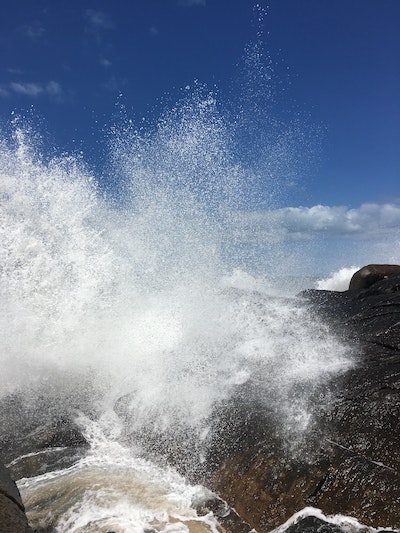
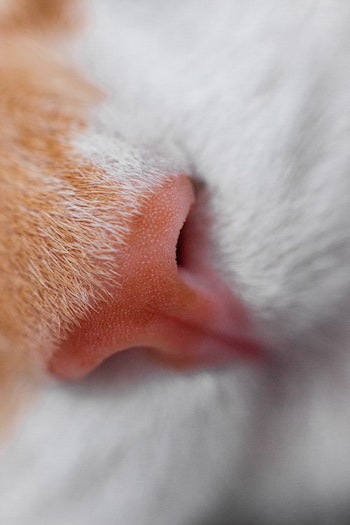
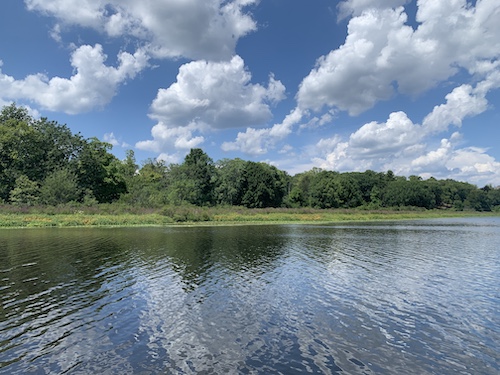





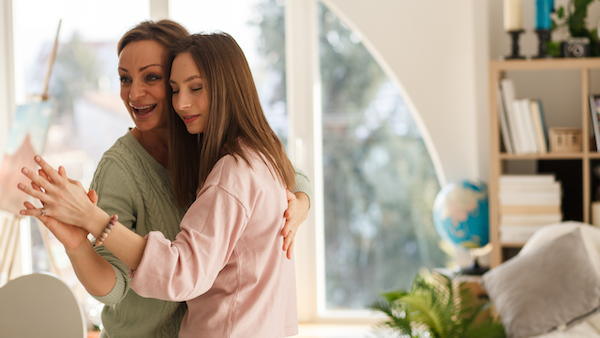


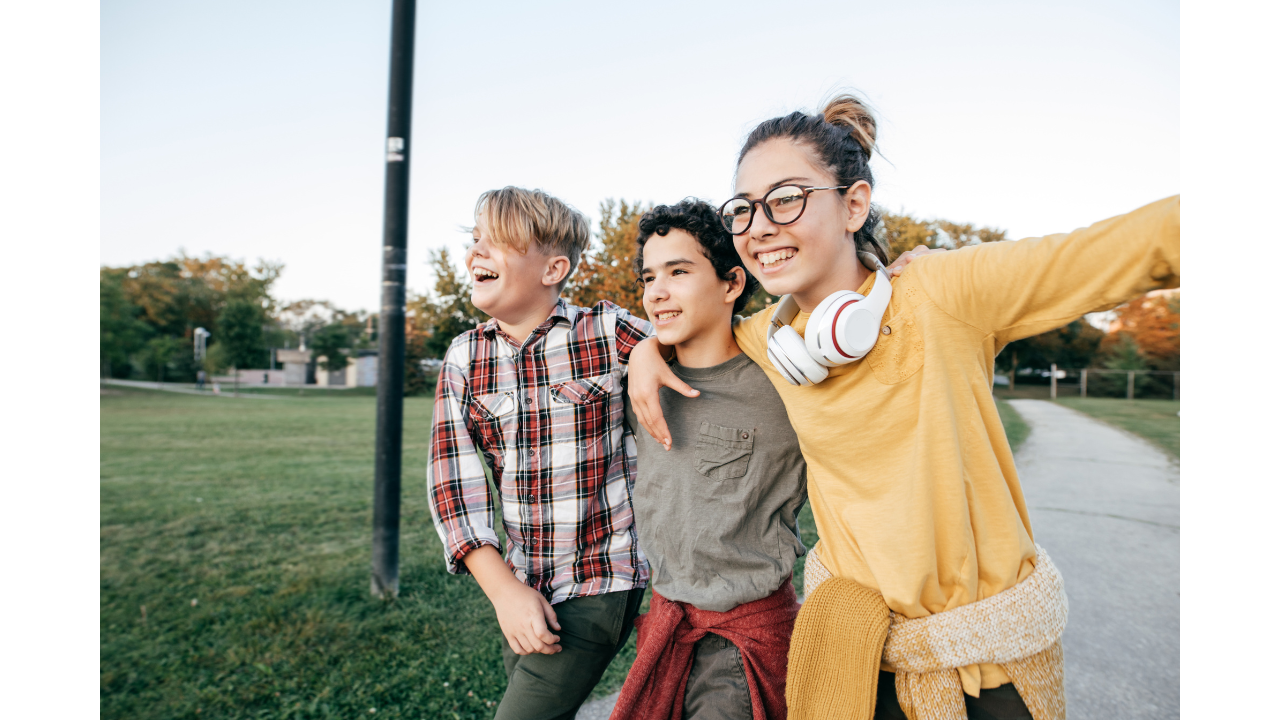
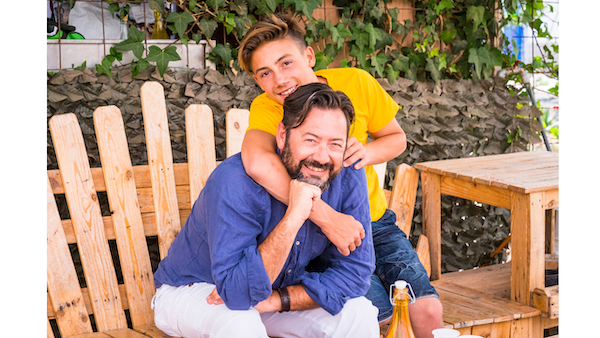


Leave A Comment